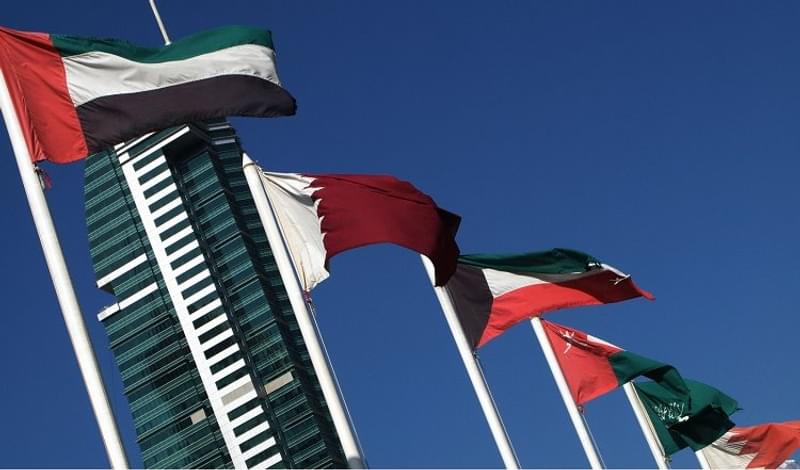Recent weeks have seen high quality credits like QIIB, MB Holdings, Aldar Properties and Ahli Bank hit the market.
The drop in oil revenues has tightened liquidity across banking sectors in the GCC. Increased illiquidity across the region’s financial sectors means that banks do not have as much spare capital to put to work in the bond markets.
Furthermore, liquidity levels across the GCC remain relatively tight given the relative lack of long-term institutional investors in the region.
As a result, the main issuers of bonds, usually governments that are looking to finance their budget deficits and GREs, are trying to ensure they pick up additional liquidity in international markets.
“The reason the international markets are popular with GCC issuers is that funding costs in this space are cheaper, and there is more liquidity across such markets, especially in Europe and Japan, than in the Middle East,” said Anita Yadav, head of fixed income research at Emirates NBD.
She added that issuers from the region that want to borrow internationally have to follow the international calendar.
As summer is typically a quiet period for the international markets, particularly in Europe, there has been relatively little activity from the Middle Eastern primary markets over the past 4 to 5 weeks. But with August coming to an end, a pipeline of Middle Eastern issuances is once again building up. NBAD is looking to issue its first green bond, Sharjah Islamic is planning to come to the market this week and Emaar Properties has also announced plans to hit the markets soon.
There is also activity on the sovereign side. Bahrain is looking to issue another benchmark-sized Eurobond and both the Saudi and Kuwaiti governments are looking to issue new debt, with the latter reportedly looking for up to US$9bn. The Republic of Egypt has also reportedly mandated JP Morgan, Citigroup, BNP Paribas, and Natixis to lead an impending dollar bond.
Decoupling From Oil?
The rise in the number of issuances comes as the GCC’s main source of income, oil, is touching US$50 per barrel. It is currently trading at US$49.45 per barrel according to Bloomberg.
While oil prices continue to fluctuate, Yadav noted that the market now believes that prices will not fall back down below US$40 per barrel. As many GCC government budgets have been revised to price oil at US$40 per barrel, the return of US$50-plus oil prices is unlikely to be the main driver for renewed issuance.
Moreover, even with oil at US$50 per barrel, government budget deficits are still materially large (US$15.6bn in Kuwait’s case), and even if oil prices were to cross US$60 or US$70 per barrel, the region’s governments would still need additional funding as the breakeven price for most of the GCC is higher than US$60 per barrel.
As a result, the need for issuance is going to continue despite a rise in oil prices.
Although slightly higher oil is unlikely to impact the amount of debt issued, it is likely to have an impact on how investors view Middle Eastern debt, and will likely assist in increasing demand for GCC paper.
A Two Way Street
In addition to higher oil prices, since the last flurry of activity in the Middle Eastern fixed income space, low and negative yields across DMs have contributed to increased investor demand for the region’s debt.
This has led to a change in the Middle East’s investor base. “The investor base has changed, but not drastically, and not overnight, but over the course of the year,” Yadav stated.
In 2014, less than 20% of GCC bonds were actually held by international investors. While the region’s primary markets attracted some interest internationally, Middle Eastern debt often found its way back into the GCC, as domestic banks would buy up the paper.
This has now changed. About 50 to 60% of paper is sold in the international markets, where it now tends to remain.
“The investor base is therefore shifting, especially regarding the larger deals that are being done at the sovereign level, such as Qatar’s US$9bn bond or Abu Dhabi’s US$5bn bond.”
“International investors have a preference to pick up GCC paper because it is high-yielding. The yield that GCC paper offers for similar quality credit is usually higher than elsewhere,” Yadav said.









